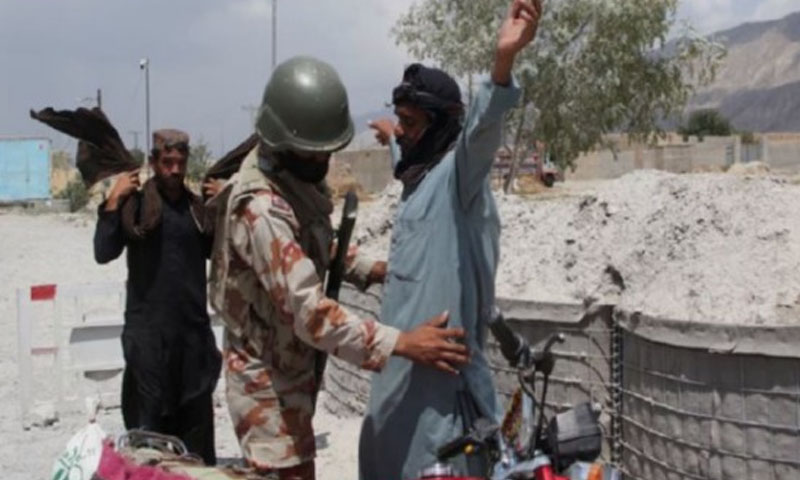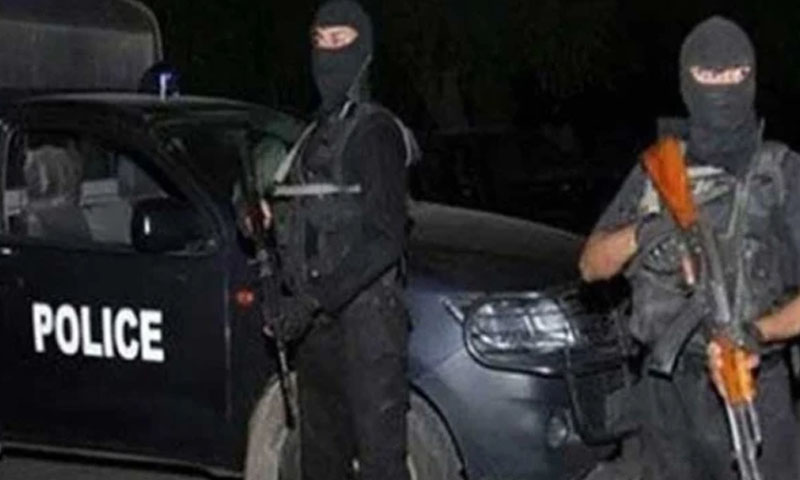- Web Desk
- 1 Hour ago
Rejected votes proportion in elections on the rise: analysis
-
- Hum News
- Aug 26, 2023

WEB DESK: An alarming rise in the proportion of rejected votes in Pakistani elections has been highlighted by a detailed analysis from Gallup Pakistan’s Data Analytics Team.
According to the analysis, rejected votes reached an unprecedented 3.13 per cent in the 2018 general elections, a figure unmatched since the high of 3.04 per cent in 1970.

The study also showcases noticeable regional disparities with Balochistan witnessing a significant 5.39 per cent of rejected votes, and Punjab with the lowest at 2.65 per cent at the other end of the spectrum. These figures underline the inconsistent electoral experiences in different parts of the country.
Historical data suggests that after the 1970 peak, there was a considerable drop to a mere 1.24 per cent in 1990. However, the subsequent years saw a concerning uptick, with numbers consistently increasing till 2018.

Sindh’s electoral dynamics, once exemplified by the lowest proportion of rejected votes until 1990, witnessed a drastic change in later elections.
In certain divisions like Nasirabad, a whopping 9 per cent of votes were discarded, making it the region with the highest rejection rate in the nation, according to the report.
Following closely were the divisions of Sibi and Larkana, both registering a 7 per cent rejection rate. The data also indicated that divisions within Balochistan consistently had higher proportions of rejected votes.
Read: PML-N to follow ‘attack is the best defence’ rule in elections
Gallup Pakistan’s analysis utilises a dataset from the Election Commission covering the past 11 elections and further enriched by Gallup’s own exit polls and surveys since 1985.





